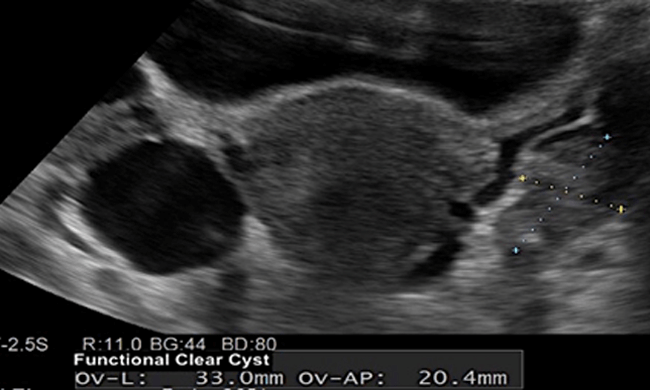

"Water Cysts" or Functional ovarian cysts are the most common cysts in the reproductive age. Functional cysts are the result of normal ovulation function. They contain only fluid and usually resolve in a month or two, hence treatment is rarely needed. They are usually less than 5cm although sometimes they can be as large as 8cm.
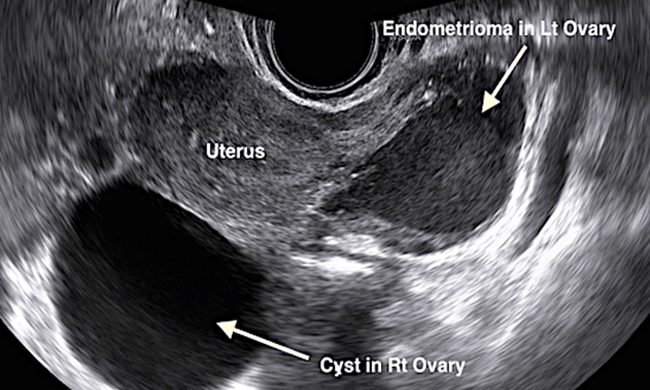
"Blood Cysts" or Endometriomas (or chocolate cysts) are formed by Endometriosis. Endometriosis is a condition where the womb lining is found outside the womb, causing menstruation outside the womb. Endometriosis can form blood cysts inside the ovary leading to painful menstruation and pelvic pain.
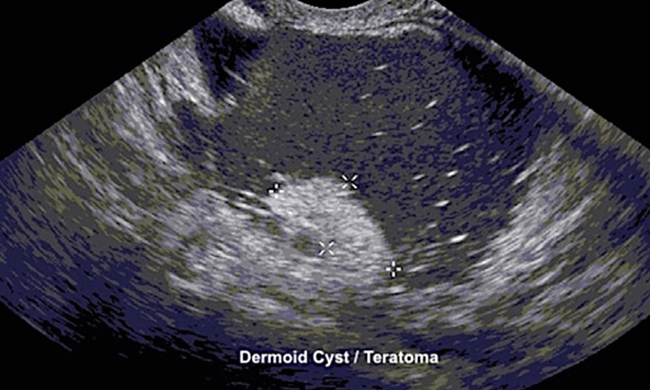
"Tissue Cysts" or Dermoid Cysts (or benign mature cystic teratomas) usually contain oily tissues and hair. Dermoid Cysts form because the ovary has cells that can develop into any type of body tissue. Hence, these cysts often contain skin, fat, bone and cartilage. Dermoid cysts can happen in both ovaries 10% of the time.
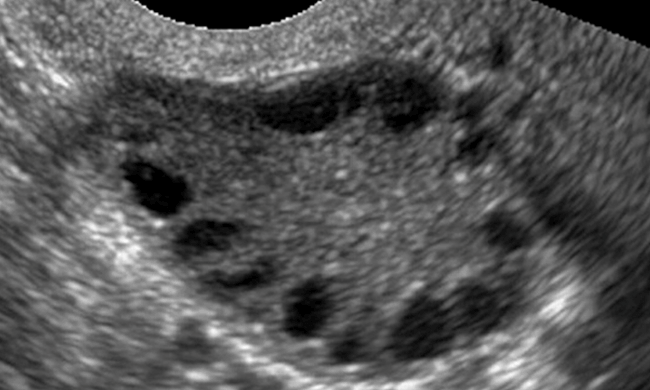
“Polycystic Ovary” can be a normal finding if there are no weight issue, abnormal menstruation or infertility. If such issues are present, then polycystic ovaries may indicate the presence of a metabolic condition called Polycystic Ovarian Syndrome. (PCOS)
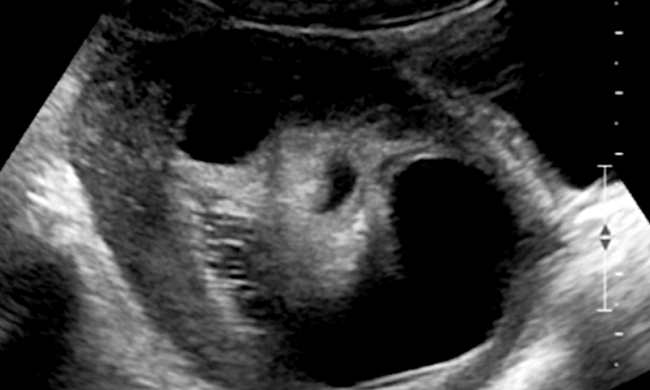
“Complex Cysts” or “Cysts with Highly Suspicious Features” are cysts with irregular solid areas, thick cyst walls and abnormal blood flow. This kind of cyst will require a specialist assessment and/or a second opinion to ascertain the risk of cancer.
Ovarian cysts can be present with no symptoms and only be discovered at a routine health screening.
However, when they do cause symptoms, they can present with:
There are two Cyst Accidents – Torsion and Leakage – that can happen which require urgent treatment. They can present with:
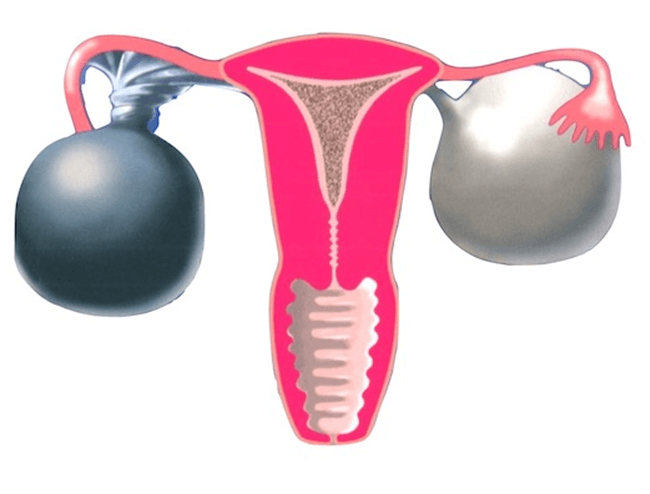
Torsion
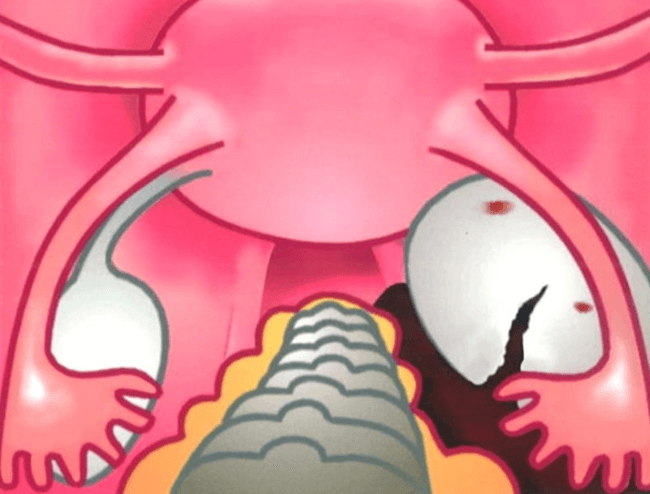
Leakage
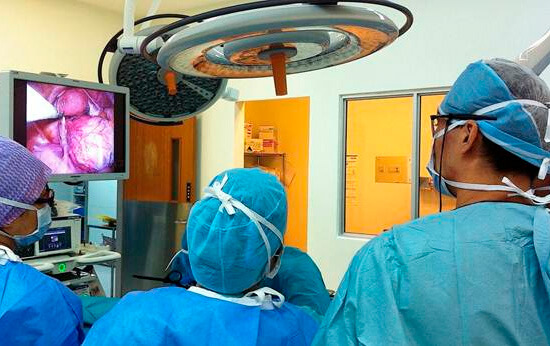
 Top
Top